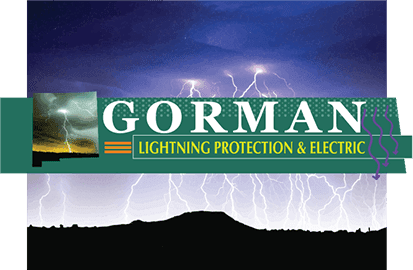Last night, I was watching my favorite movie Pretty Woman”. Just as Richard Gere was about to pull the classic “box snap” move on Julia Roberts, the lights went out. There was loud thunder and the lights came back on. Hoping that I didn’t miss the scene, I turn the TV back on but it’s not working. After several attempts, I give up. This is when I realize that the circuit board that connects my TV to the heater, fridge, and some other small appliances was also not working. Long story short, I just experienced my first power surge, and let me tell you, neither I nor my appliances were happy!
The Aftermath of a Power Surge
In the US, the electrical power passing through is 120 volt, alternating current and single phase. However, the voltage does not maintain a steady voltage stream of 120 volts. The voltage fluctuates from 0 to 169 volts. Since, all electronics are powered by this volt, during a power surge they are the first victim.
During the power surge, the voltage rises above 169 volts and that’s when the magic happens… the evil kind of magic involving sparks. This spike in voltage releases an arc of current that goes through the appliances and generates heat. This damages the circuit board and the appliance’s electrical components.
Since this surge is small and repeats one after the other, the appliances blow out. In some cases, the appliances might work but repeated use of them in similar conditions can erode their internal mechanism. In other cases, the wires burn out making the appliance completely useless. This shortens the electronics and appliances lifespan.
The Source of Power Surges
Now that you know what happens to your appliances after a power surge, let’s get to know the source of the surge. There are three scenarios that can cause a power surge:
- The most common cause – Lightning
- From the electricity company during the switching of the power grid
- Inside the house – When turning large appliances such as refrigerator and air conditioner on and off
Protecting Your Appliances
Most people try to plug in several devices at a time, in the same circuit board so that they can multitask. The best way to protect your appliances from power surges is to invest in small and large surge protectors. They are installed in the main panel, where the fuse is located. When there’s a power surge, the protector will prevent the excess of electricity from getting into the main system.
A Word of Precaution: Avoid using big appliances together and plug-in electronics such as your computer, TV, and laptop into different extensions. As for your AC unit, invest in a power station or USP if power surges are common in your area.
Power surges can sometimes take a deadly turn if the appliances blast due to excess electricity. This is why it is important to get surge protectors installed immediately before you lose your precious electronics.


